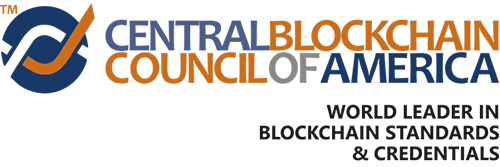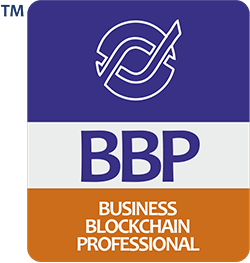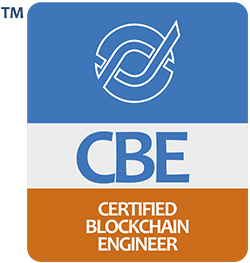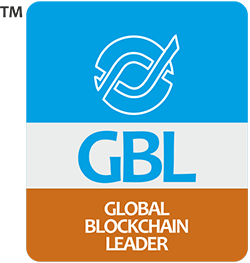May 22, 2019

Ever bought a used car?
Do you remember the level of checks you did or you intended to do? Right from its ownership to its involvements in crime or accidents. Remember how frustrating it was when the information was nowhere to be found. You probably gave up the idea of buying it though everything else looked in place, fantastic probably.
Blockchain has cleared this information fog and eased everyday transactions troubles for us. Like the blood flowing through our veins, invisible, unimposing and yet vital, blockchain has become an integral part of our business world. However limited its contribution may seem on the periphery, but economies of scale have taught us that minor products or services can bring major profits when spread over an array of demands and usages. And so happened with this subtle technology. Blockchain, with its everyday use in many business systems and processes, is birthing new business opportunities every day. We list our favorites here:
Creditworthy Cases:
Patient data: A Taiwanese hospital is using blockchain to integrate its patient data through 100 clinics. These clinics can access the data using smart contracts.
Real estate: Brickblock is using smart contracts to make its process faster, efficient and cheaper. Investors receive tokens to represent their share of investment and once project funding is complete they can use these tokens to trade or redeem their share.
Digital Identity: uPort is using blockchain to control digital identities. Its users can build and float their identities on Ethereum and can also request credentials from others.
Food Safety: Walmart and IBM are using blockchain to supervise their food quality. Shoppers can track the delivery of their food item and if the item is dropped anytime or broken then it can be discarded. Ripe.io is using blockchain to connect its shoppers with the food manufacturers. The shoppers can locate where their food is coming from.
Freighting: Walmart is using drones to deliver orders. Its customers can verify delivery of the product by signing in the ledger.
Shipping: TradeLens, a blockchain designed for shipping eliminates the possibility of data tampering.
Finance: Banks have long been looking forward to open up their infrastructure for third parties and open banking can easily facilitate this. Decentralized transactions eliminate middlemen and reduce transaction costs and tasks. Regulations and Government approvals play an important part here. Present open banking systems include Payment Services Directive 2 (PSD2) in Europe, the Unified Payments Interface (UPI) in India, the Open Banking Working Group in the United Kingdom, and the Open Banking regime in Australia.
Ride the Bolt:
The future of blockchain is rife with opportunities:
-
Proponents of blockchain say that by 2030 most of the Governments will be using blockchain as currency and digital identity. 25+ Governments have taken up blockchain pilot projects.
-
A world economic forum has said that by 2027, 10% of global GDP will be accumulated in Blockchain.
-
IBM has invested over USD 200 million and has hired around 1000 staff members for its blockchain based internet of things (IoT).
-
90% of banks in Australia, Europe and North America are investing in the technology.
The potential of blockchain is indisputable. However, unthoughtful investments in the technology might not bring expected returns on the investment. Here’s what we suggest:
Identify where to compete: Carefully study the impediments, the value expected out of the investments, company’s own capability and expertise and cherry-pick suitable areas.
Outline how to compete: Study the target. Identify the key competitors and influencers in the target market. Know the required standards and regulatory barriers.
Analyze operational strengths: Depending upon the fund and knowledge availability, you can launch yourself as a:
-
leader and establish new industry standards
-
act as a convener building relationships with other players
-
attack an established player as a competitor
-
follow another leader.
The quintessential accounting rule of risks proportional to returns will hold valid.









